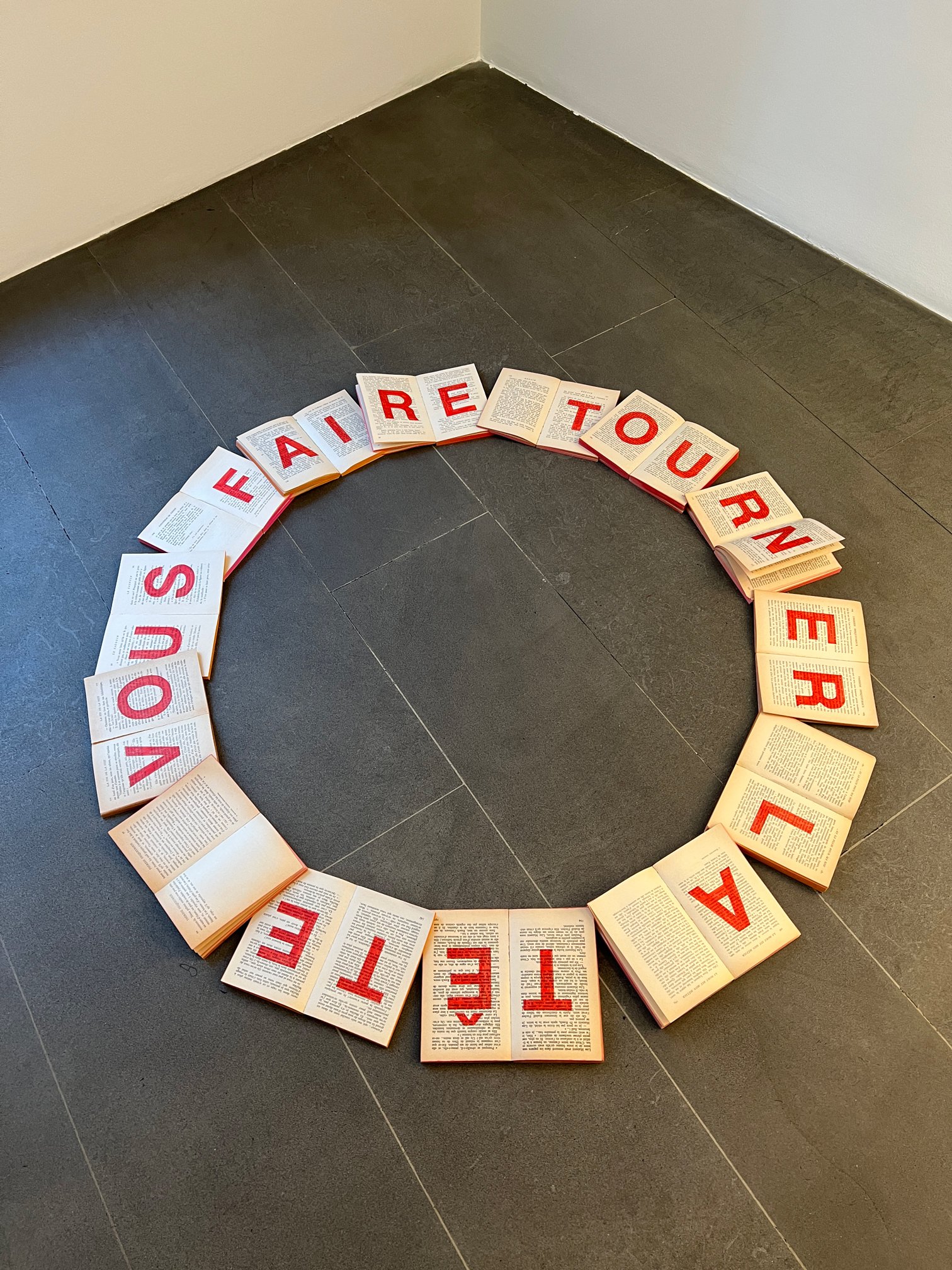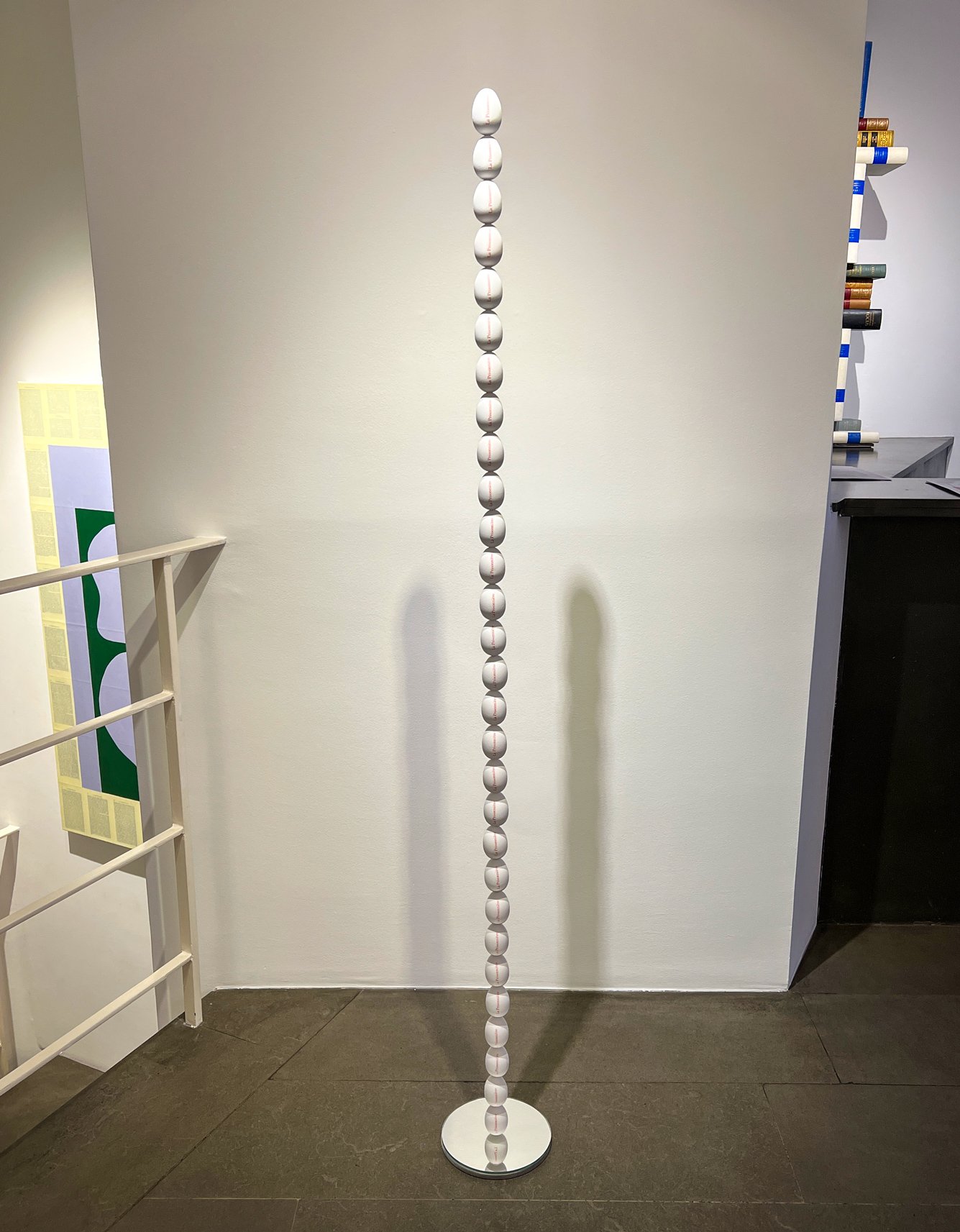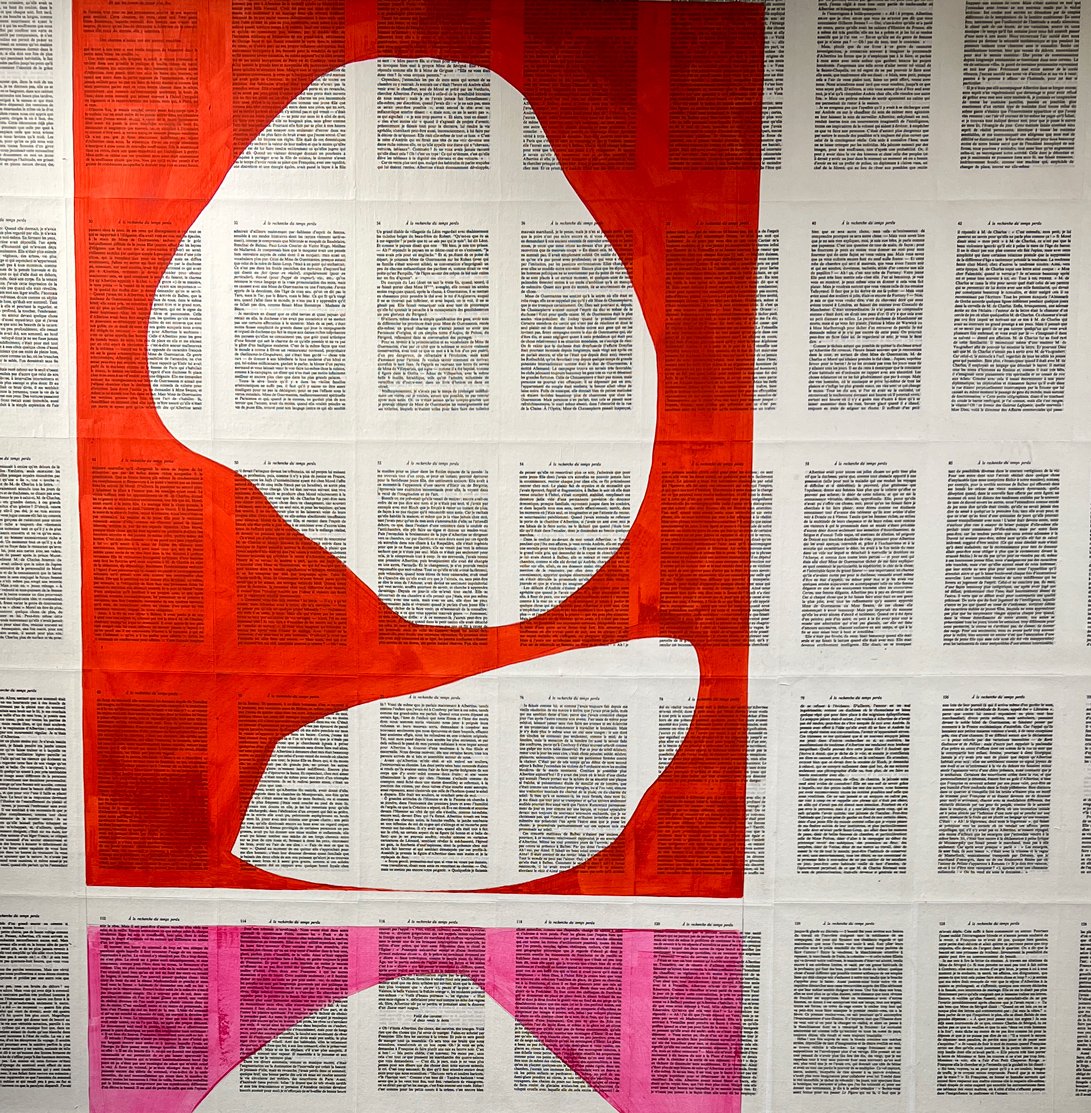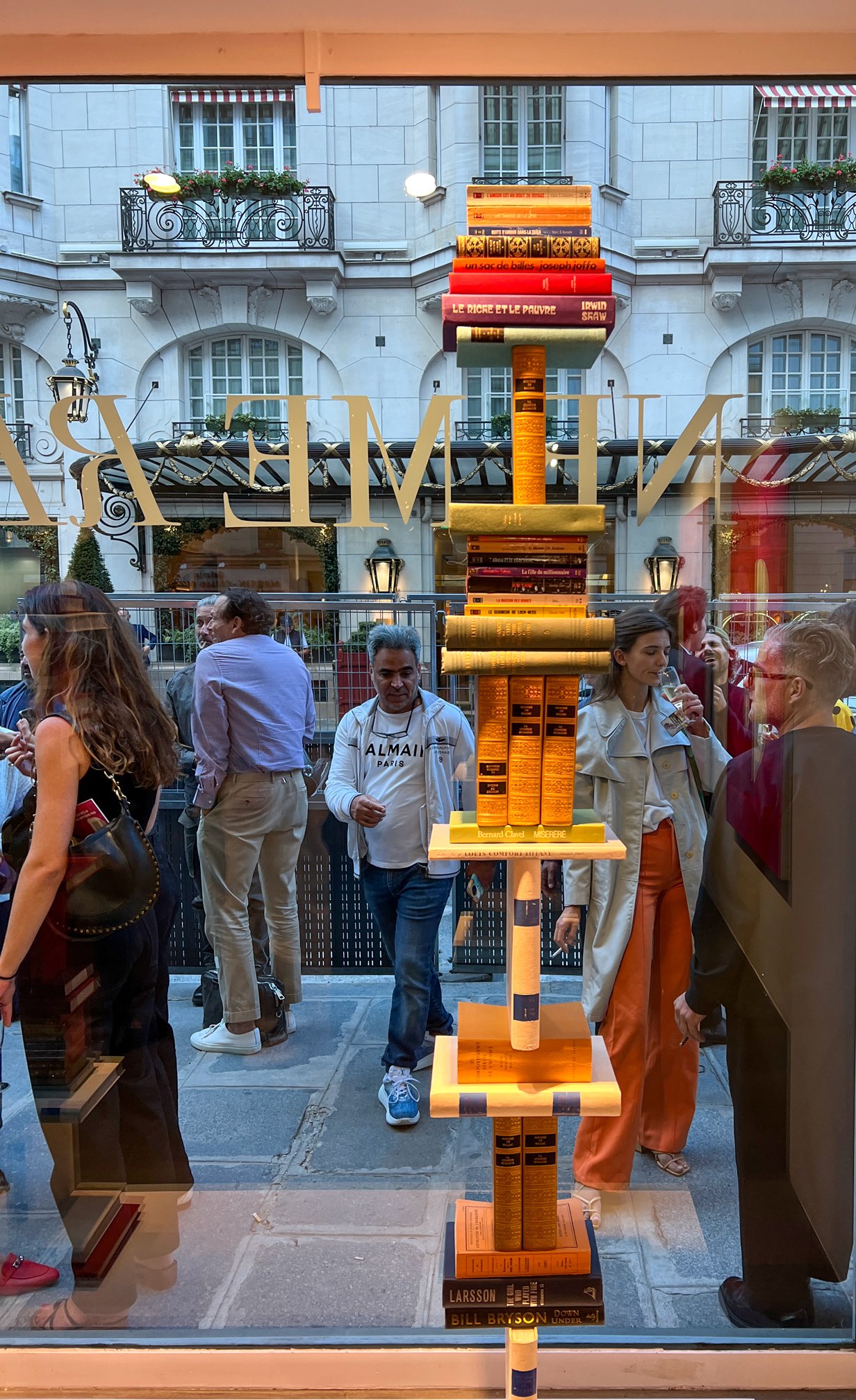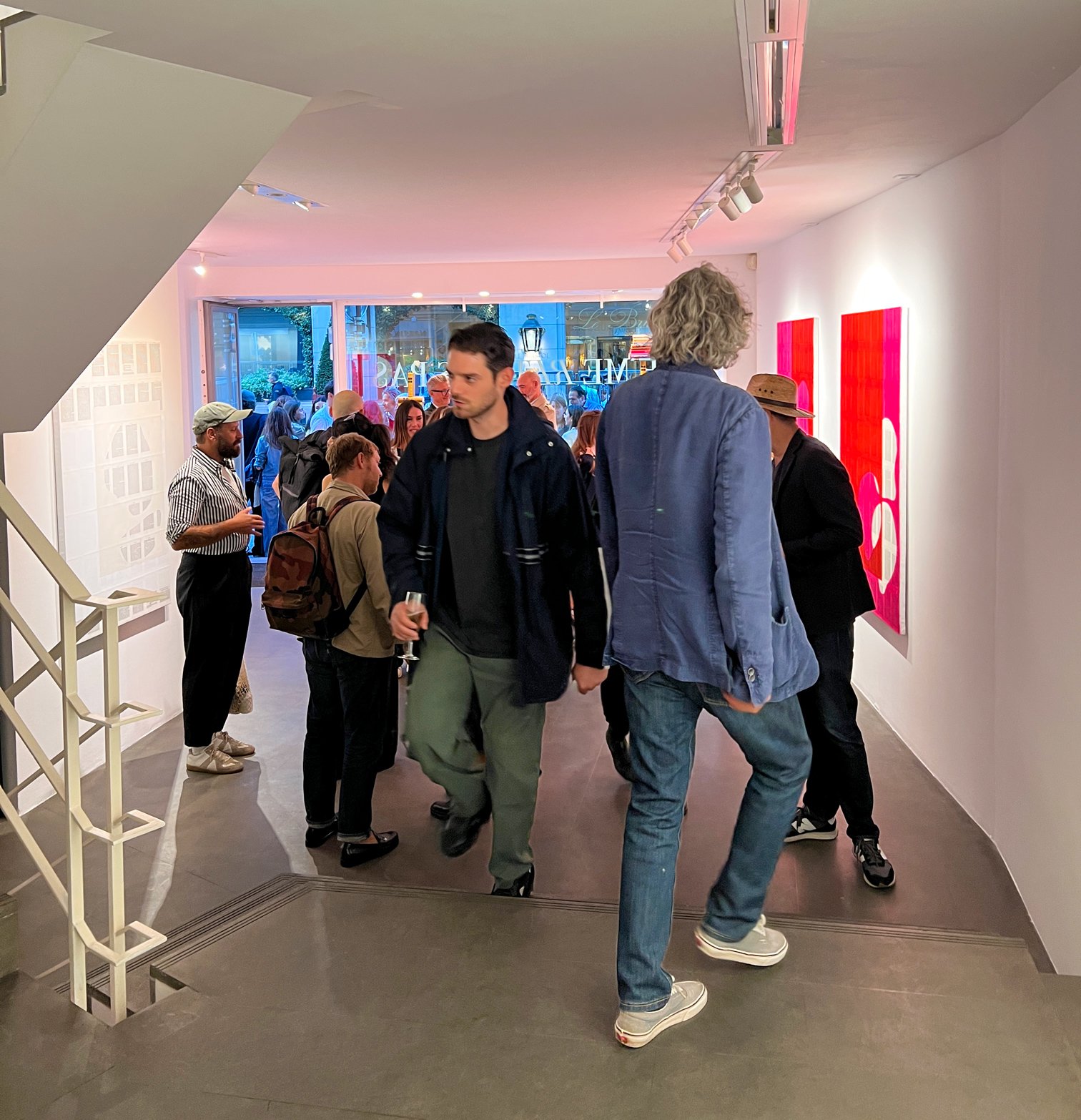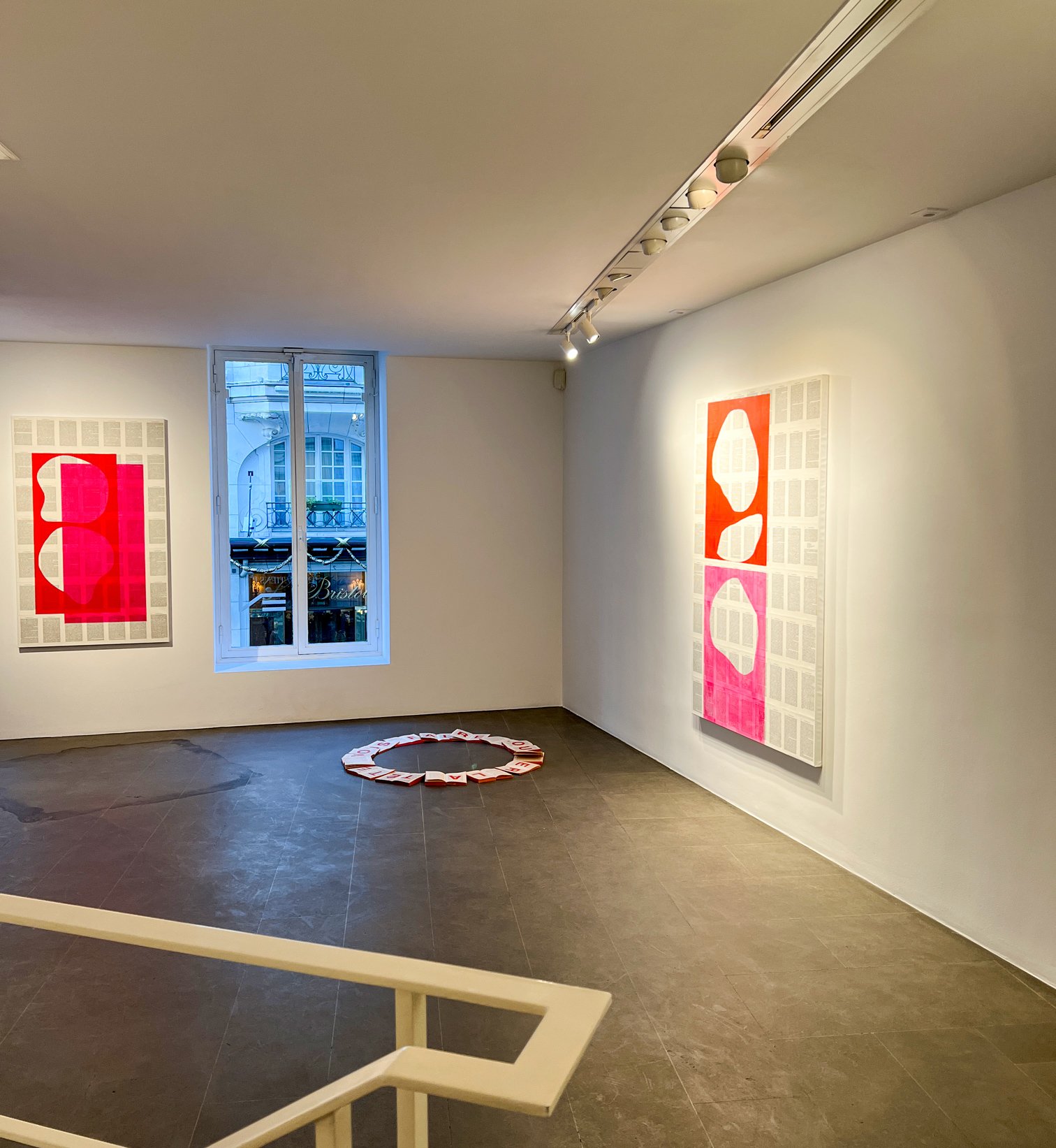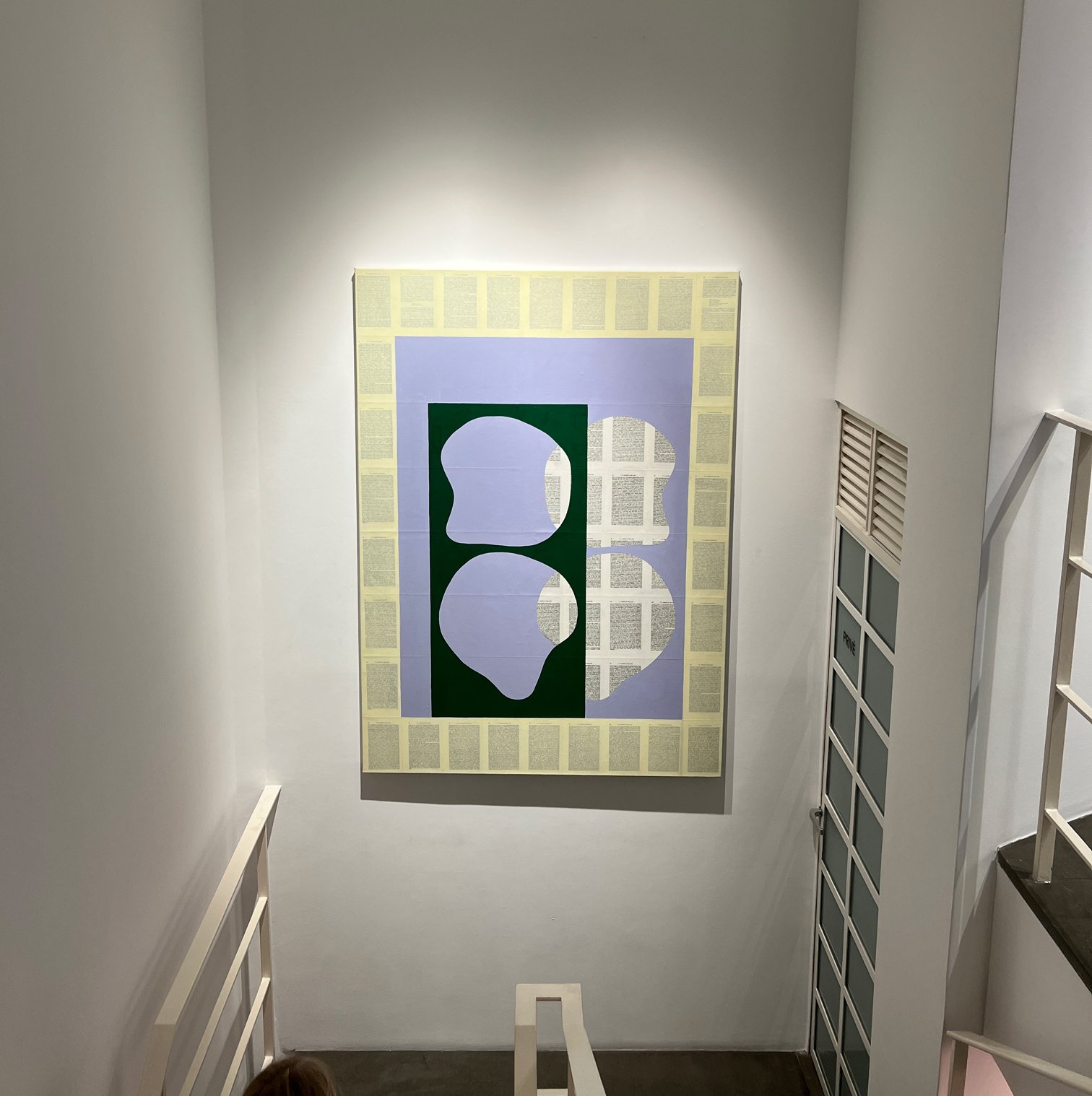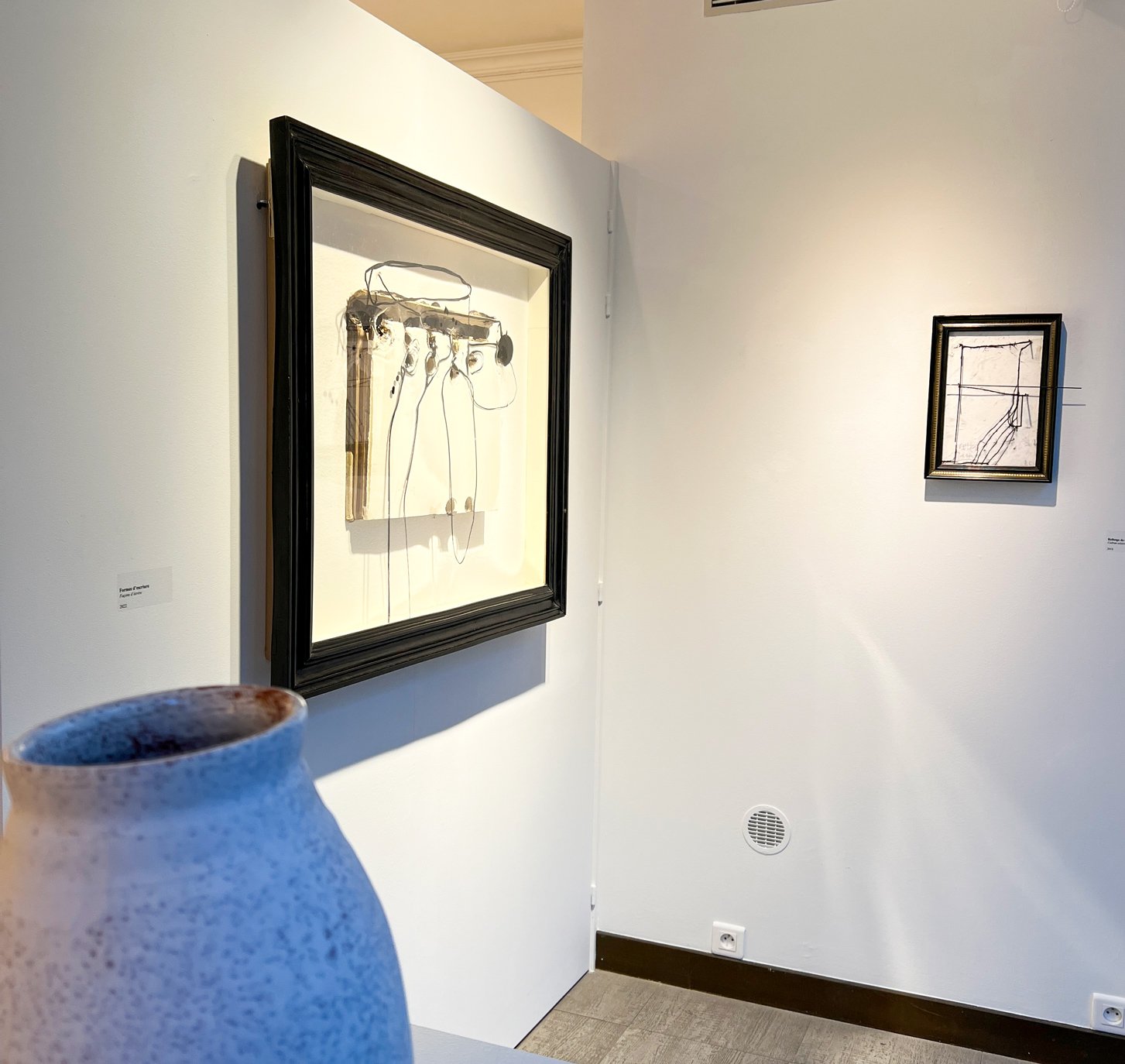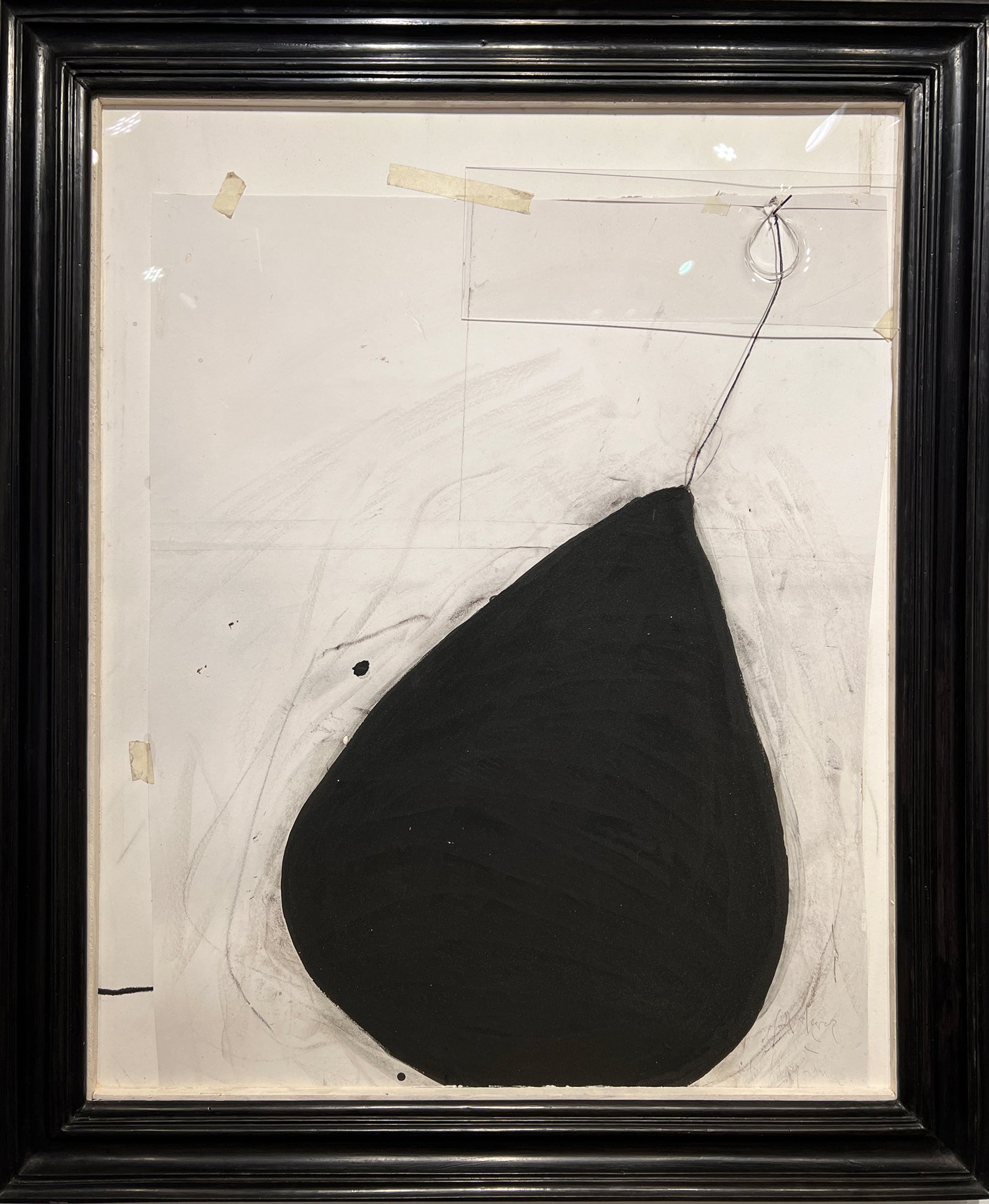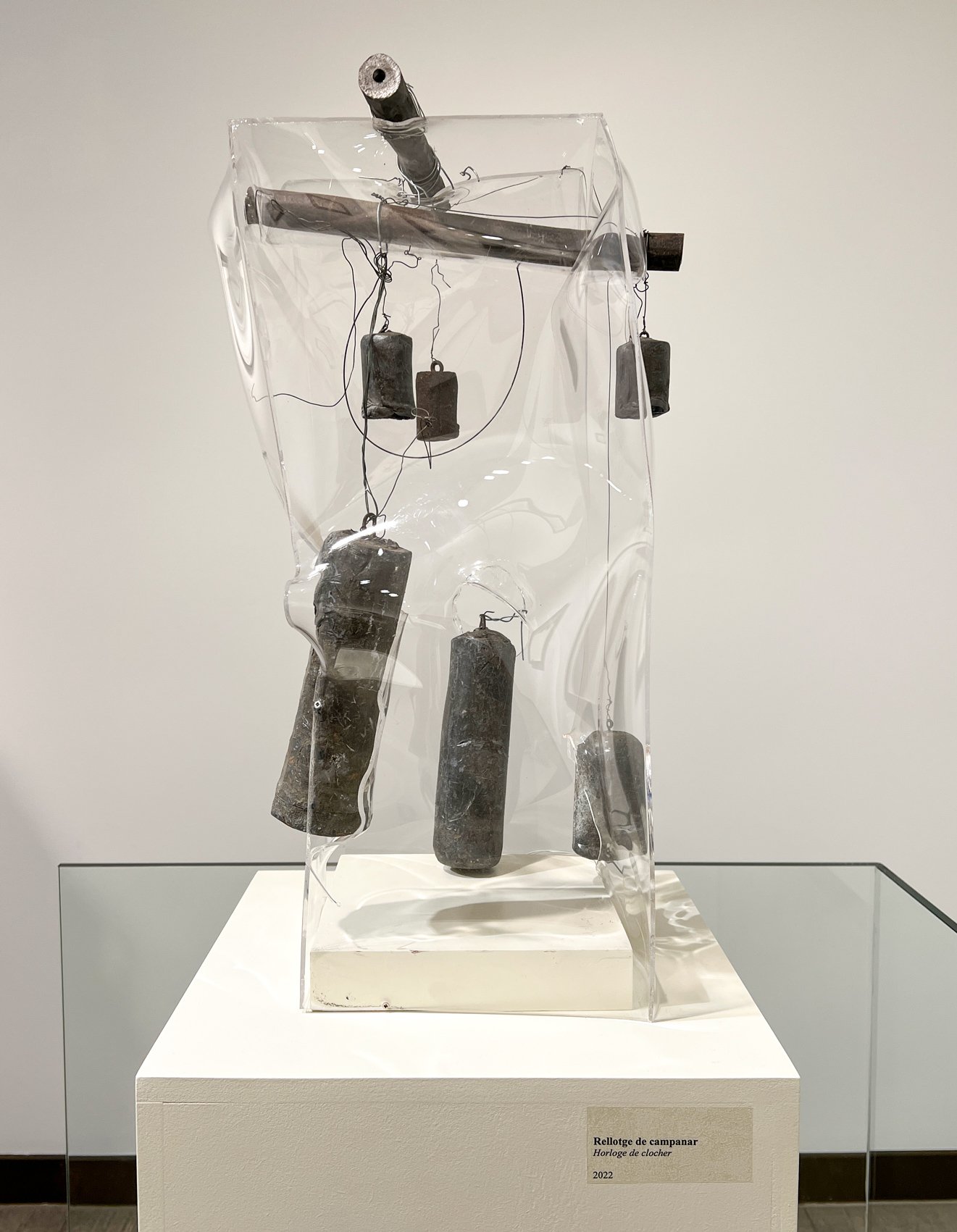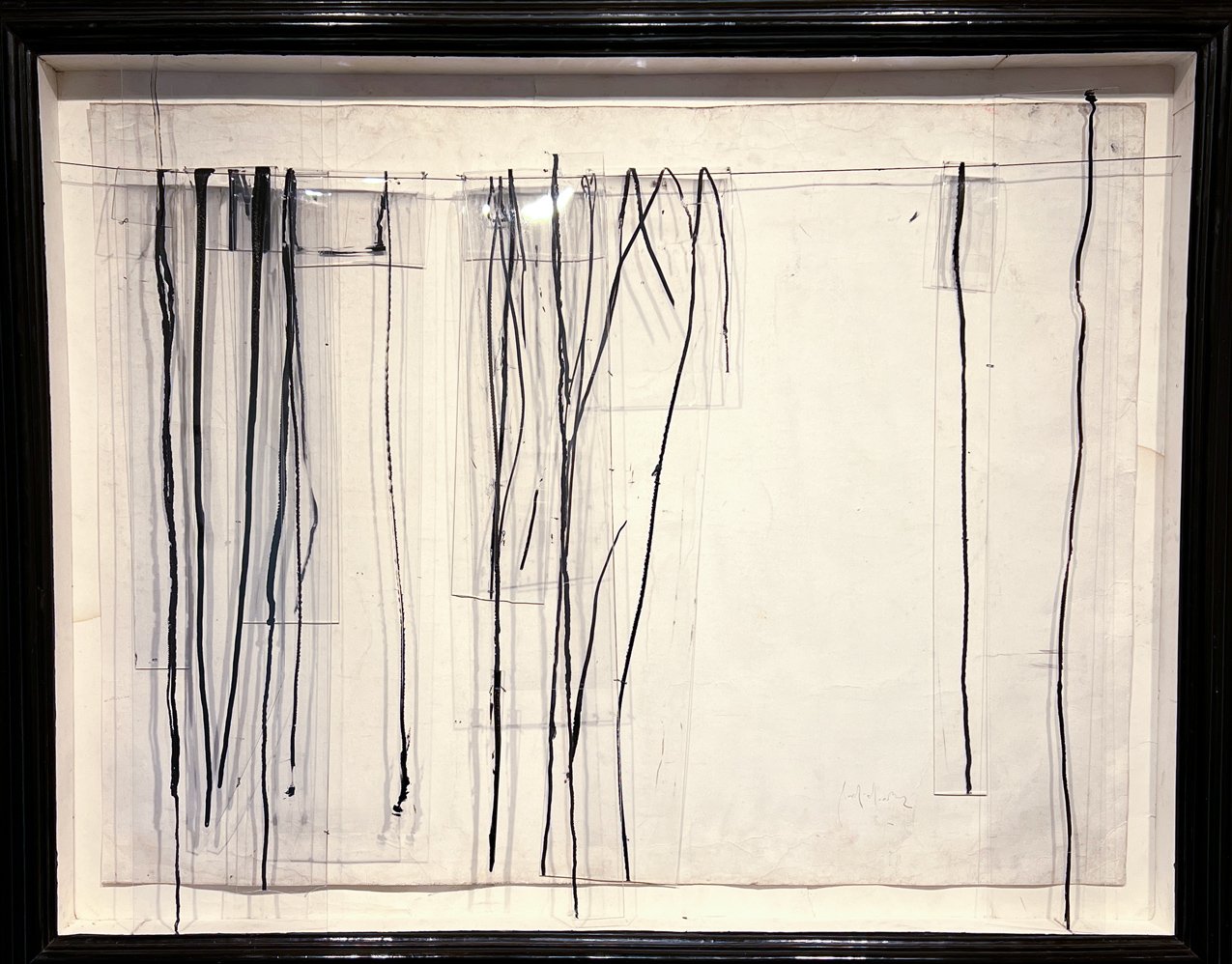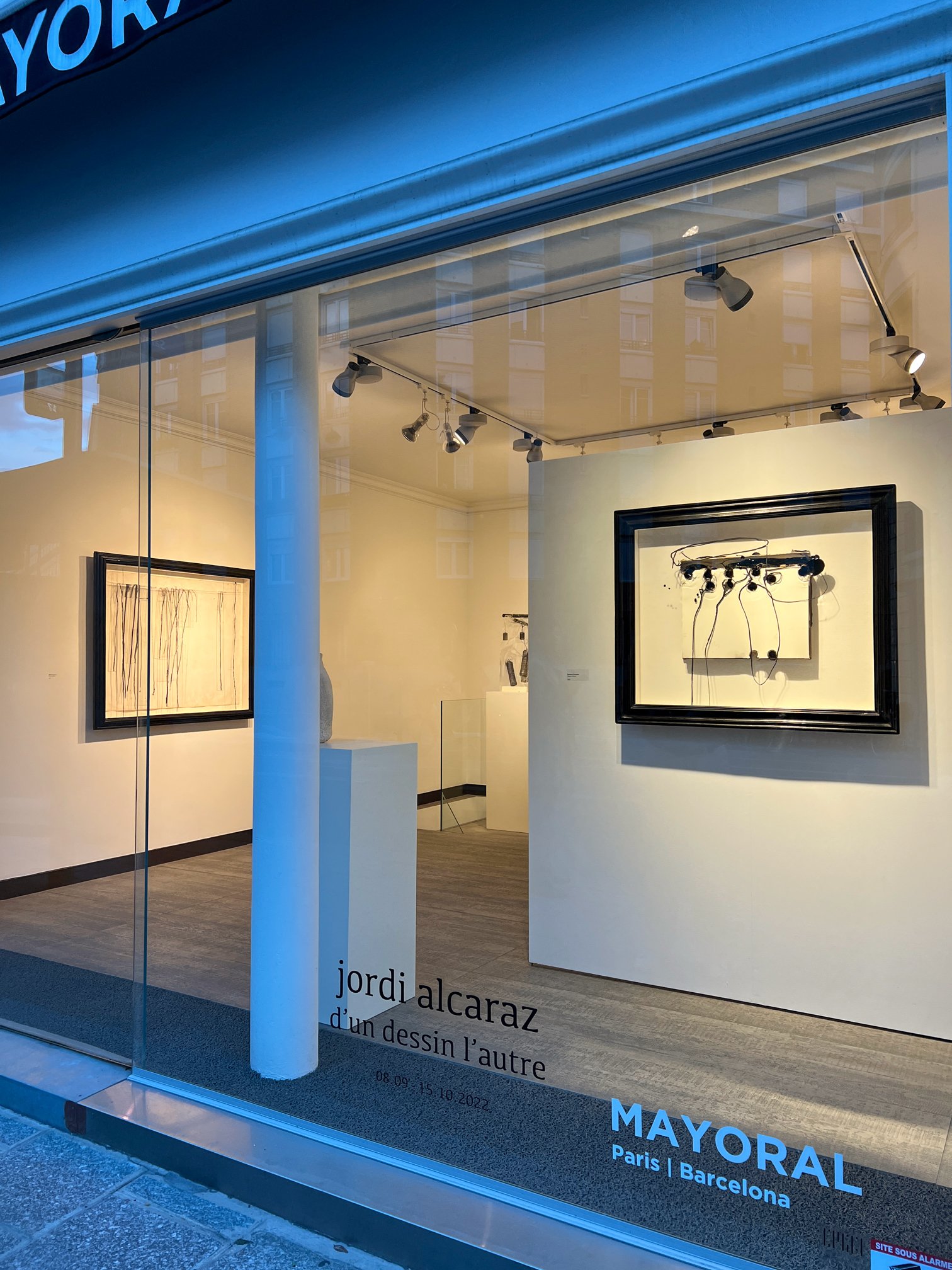Paris is a feast… of art and design!
Vernissage d’Inès Mélia à la Galerie 75 Faubourg
Paris is a feast (of art and design). Especially now, after two years of pandemic. Several events happened simultaneously this early September: the biggest one was the Maison et Objet salon in the Villepinte exhibition park, where more than 2200 exhibitors present their products and launches in the universe of design, architecture and home décor. There are two editions per year, one in September and the other in January. Every year I try to visit at least one of the two editions. Maison et Objet also promotes Paris Design Week, a festival that takes place during 10 days all over the city. Concept stores, galleries and design studios and stores hold various events, from workshops to vernissages, all around design.
But Art also stands out in this rentrée period. The Parcours des Mondes, in the Beaux-Arts quartier of Saint-Germain-des-Prés, brings together more than 40 exhibitors specializing in archaeology, Asian and tribal art in the heart of the capital, and the galleries of the Faubourg Saint-Honoré have also opened new exhibitions. Of the vernissages I had the opportunity to attend last week, in addition to the Résonance exhibition, two new exhibitions caught my eye. The exhibition "Ne Me Retiens Pas", the first solo exhibition of the young artist Inès Mélia at Galerie 75 Faubourg and also the discovery of the Catalan artist Jordi Alcaraz at Galerie Mayoral with the exhibition "d'un dessin à l'autre".
"The Prisoner" fifth tome of Marcel Proust's iconic work "In Search of Lost Time" is the starting point of this exhibition. The book, thought of as an object, is freely used as a support for paintings, sculptures that oppose and complete each other. The word, the form, and the color meet and liberate themselves. A delicate, intimate, and intellectual exhibition. In the words of the exhibition curator Jérôme Sans: "Inès tries to take words out of the structures that contain them by proposing another organization that creates new types of content. The book is liberated from this condition of bourgeois and elitist decorative object, and thought of as a restricted journey. Proust's text is seen in fragments and escapes an exhaustive reading. Between liberation and containment, the artist reveals an ambiguity inherent to reading: the liberating intimacy of the book, as a journey, as a mental cover over the world, as the only possible escape from a personal imprisonment, be it forced or not. Inès Mélia highlights how the domestic space and the things that inhabit it can sustain creative activity and is constituted as a powerful narrative source and an inexhaustible formal repertoire."
Jordi Alcaraz is a Catalan artist who has an unprecedented visual language, the result of a multidisciplinary hybridization that includes ceramics, sculpture and painting. The artist draws an invisible line between visual poetry and conceptual projection by using industrial materials to explore and break the limits of traditional drawing. The dialogue with his medium is at the core of his artistic practice. Black and white are almost a chromatic exclusivity. Light, and the reflections and shadows caused by it depending on the point of view and the type of lighting, confer perpetual variations and give an incredible liveliness to the works. Antoni Tápies' influence is clear, and his work can be situated on the edge of several historical currents of the 20th century, such as Arte Povera and Abstract Expressionism. This exhibition presents 15 recent works by the artist.
Jordi Alcaraz à la Galeria Mayoral
Inès Mélia - Ne Me Retiens Pas
9 Septembre au 7 Octobre 2022
Galerie 75 Faubourg
75, Rue du Faubourg Saint-Honoré
75008 Paris
Jordi Alcaraz - d’un dessin à l’iutre
9 Septembre au 15 Octobre 2022
Galeria Mayoral
36 Avenue Matignon
75008 Paris
